The First Atlas Map of Nashville
Fine example of George Cram's map of Nashville, the earliest separate map of Nashville to appear in a commercial atlas. The map illustrates Nashville's growth and development during the second half of the 19th century.
The map is printed in black, white, red, and blue, with different features such as streets, buildings, and bodies of water labeled and clearly outlined. The inclusion of the State Capitol, the Court House, and other civic buildings indicate Cram's intention to highlight the city's political and administrative importance. The presence of the Cumberland River on the map also indicates the importance of this waterway to Nashville's development and economy.
During the second half of the 19th century, Nashville experienced significant growth and development. The city was founded in 1779, and it quickly grew into an important regional center. By the mid-19th century, Nashville was a major transportation hub, with several major railroads passing through the city. It was also an important center of education and culture, with several colleges and universities, as well as a thriving arts and music scene.
One of the key events in Nashville's history during this time was the Civil War. Nashville was an important Confederate stronghold during the war, and it was the first Confederate state capital to fall to Union forces in 1862. After the war, Nashville played a key role in the Reconstruction effort, and it became an important center of commerce and industry.
George F. Cram (1842-1928), or George Franklin Cram, was an American mapmaker and businessman. During the Civil War, Cram served under General William Tecumseh Sherman and participated in his March to the Sea. His letters of that time are now important sources for historians of the Civil War. In 1867, Cram and his uncle, Rufus Blanchard, began the company known by their names in Evanston, Illinois.
Two years later, Cram became sole proprietor and the company was henceforth known as George F. Cram Co. Specializing in atlases, Cram was one of the first American companies to publish a world atlas. One of their most famous products was the Unrivaled Atlas of the World, in print from the 1880s to the 1950s.
Cram died in 1928, seven years after he had merged the business with that of a customer, E.A. Peterson. The new company still bore Cram’s name. Four years later, the Cram Company began to make globes, a branch of the business that would continue until 2012, when the company ceased to operate. For the final several decades of the company’s existence it was controlled by the Douthit family, who sold it just before the company was shuttered.

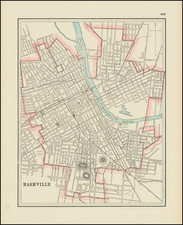









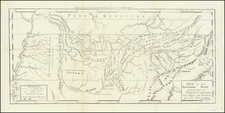
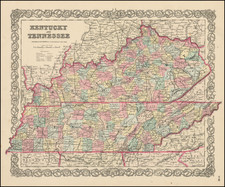
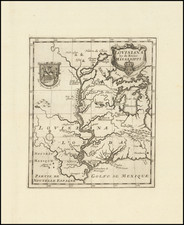
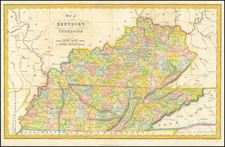
![[ Middle British Colonies Map ] Pensilvania Maryland and Virginia](https://storage.googleapis.com/raremaps/img/small/98228.jpg)